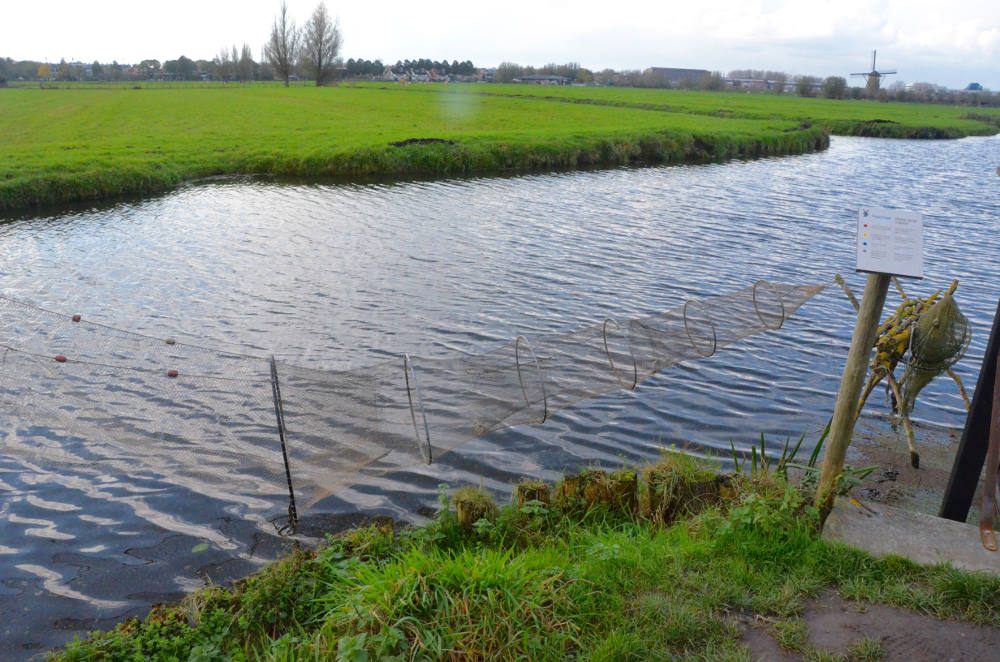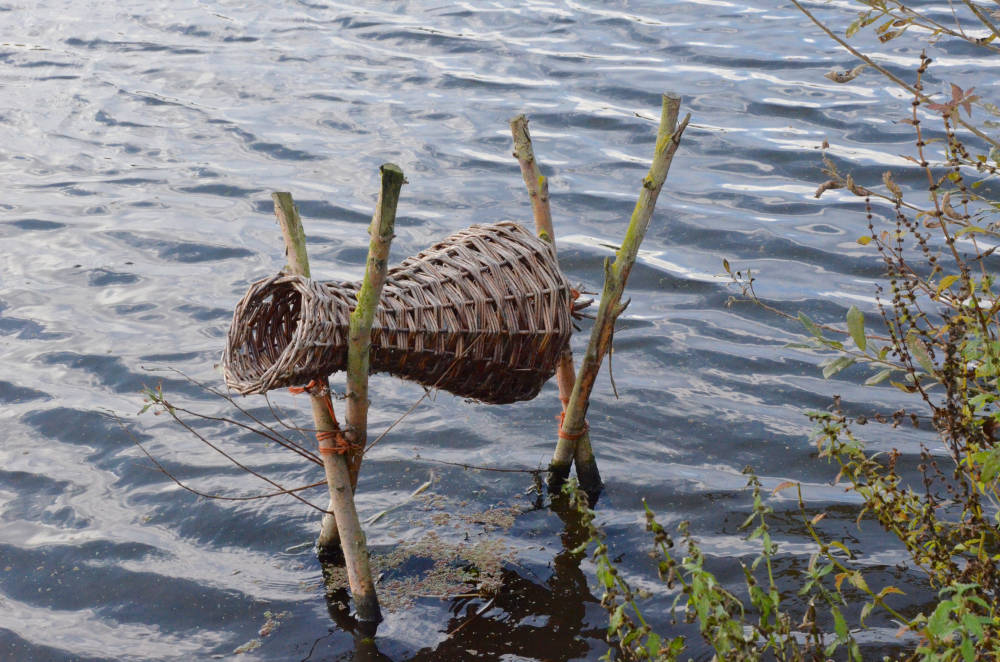Kinderdijk, the Netherlands: Windmills and flood control
They ceased to be water people and became land people; they ceased to fish and fowl and became plumbers of the land. They joined in the destiny of the Fens, which was to strive not for but against water. For a century and a half they dug, drained and pumped the land between the Bedford River and the Great Ouse, boots perpetually mud-caked, ignorant of how their efforts were, little by little, changing the map of England.
The chief fact about the Fens is that they are reclaimed land, land that was once water, and which, even today, is not quite solid . . . The problem of the Fens has always been the problem of drainage. — Graham Swift, Waterland

The windmills at Kinderdijk, almost all of which date from the eighteenth century, pump water that threatens to flood the surrounding areas rather than grind flour or power sawmills. The English hired Dutch engineers to drain the marshes (or fens) around Cambridge, England, and this fact serves as one of the centers of Graham Swift’s wonderful 1983 novel, Waterland.




Right: A stretch of meadow, which shows quite clearly the potential for the water in rivers and canals to flood the land.
The Blokker Mill: A still-functioning wind-powered pumping station


The Blokker Mill, which is believed to date back to 1521, represents an earlier style of windmill design in which a large part of the building rotates to catch the wind; the other windmills as Kinderdijk date from the eighteenth century. In 1997 a fire almost completely destroyed the mill, so its present form is a careful restoration.

This paddlewheel pumps water when the sails of the mill turn.


Left: The miller demonstrates how he stands on the spokes of the wheel to turn the mill into the wind. Right: Like mariners on a sailing vessel, the miller arranges the fabric covering according to the strength of the wind

Graham Swift’s Waterland also repeatedly mentions eels and ell-traps, such as we see here.


An eel or fish trap made of reeds.


These two photographs represent a sharp contract between old and new — between the wooden windmills still used here to pump water to prevent floods and these three archimedes screws in the same area that move tens of thousands of gallons an hour.
Related material
- Water Imagery and Water-People in Waterland
- Draining the Fens
- Nature's Domination over Man in Waterland
- Curiosity, Science, and Eels
Bibliography
Darby, H.C. The Draining of the Fens. Cambridge: University Press, 1956.
Kinderdijk/Willemstad, Netherlands. Boston: Grand Circle Cruise Line, [2017]. Four-page pamphlet.
Last modified 15 November 2017